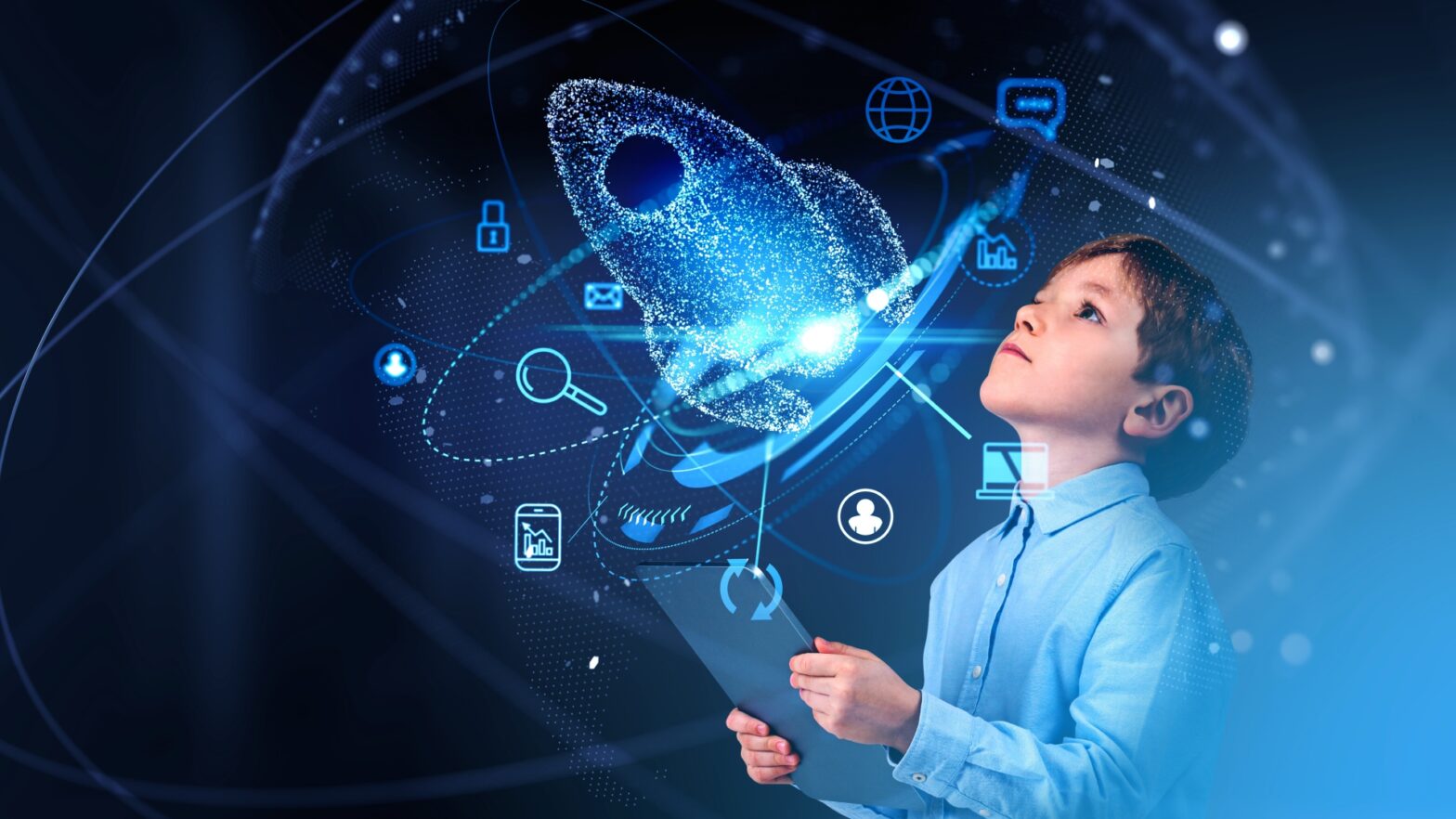In the ever-evolving landscape of the 21st century, technology has become an integral part of our daily lives. From the way we communicate to how we conduct business, technology has revolutionized various aspects of society. One area where its impact is particularly transformative is education. The intersection of technology and education has opened up new avenues for learning, enhancing the educational experience and empowering students in ways unimaginable just a few decades ago.
Gone are the days when education was confined to the four walls of a classroom, limited to textbooks and traditional teaching methods. Technology has broken down these barriers, providing access to information and educational resources from around the world. With just a few clicks, students can explore a vast array of knowledge, delve into different cultures, and gain a global perspective on various subjects.
One of the most significant advantages of technology in education is its ability to personalize learning. Every student has unique strengths, weaknesses, and learning styles. Technology allows educators to tailor instruction to individual needs, providing personalized learning experiences. Adaptive learning platforms and intelligent tutoring systems can assess a student’s progress in real-time and adjust the curriculum accordingly, ensuring that students receive targeted support and challenging them at their appropriate level.
Moreover, technology has made education more interactive and engaging. Traditional lectures and rote memorization can often leave students disinterested and disengaged. However, with the integration of technology, learning becomes a dynamic and interactive process. Multimedia tools, simulations, virtual reality, and augmented reality can bring abstract concepts to life, making them more tangible and understandable. Students can now embark on virtual field trips, explore the human body in 3D, or conduct virtual experiments in a safe and controlled environment. This not only enhances comprehension but also sparks curiosity and a love for learning.
Collaboration and communication have also been greatly enhanced through technology. With the advent of online platforms and learning management systems, students can collaborate on projects, share ideas, and engage in discussions regardless of their physical location. This fosters a sense of community and encourages teamwork, preparing students for the collaborative nature of the modern workforce. Additionally, teachers can communicate with students and parents more efficiently, providing timely feedback and addressing individual concerns, fostering a supportive and effective learning environment.

Technology has also paved the way for distance learning and online education. With the rise of Massive Open Online Courses (MOOCs), students can access high-quality educational content from prestigious institutions worldwide, often free of charge. This democratization of education has made learning accessible to individuals who may not have had the opportunity otherwise, breaking down barriers of socioeconomic status and geography. Whether it’s a professional looking to upskill or a student in a remote area with limited educational resources, online education has become a game-changer, offering flexibility and lifelong learning opportunities.
Furthermore, technology has revolutionized the assessment and evaluation process in education. Traditional methods such as written exams and standardized tests have limitations in assessing the diverse skills and knowledge students possess. Technology-enabled assessments, such as online quizzes, interactive assignments, and performance-based assessments, provide a more comprehensive and accurate measure of students’ abilities. It allows for immediate feedback, identifies areas of improvement, and promotes a growth mindset, encouraging students to learn from mistakes and strive for continuous improvement.
However, it is essential to acknowledge that the integration of technology in education also poses challenges. Access to technology and the digital divide remain significant concerns, especially in underserved communities. Efforts must be made to bridge this gap, ensuring equal access to technological resources and internet connectivity. Moreover, the rapid pace of technological advancements requires educators to adapt and update their skills continuously. Professional development programs and support systems are necessary to empower teachers and equip them with the necessary tools and knowledge to effectively leverage technology in the classroom.
In conclusion, the intersection of technology and education has revolutionized the learning landscape, enhancing educational experiences and empowering students. It has personalized learning, made it more interactive and engaging, fostered collaboration and communication, expanded access to education, and transformed assessment methods. As we embrace the potential of technology in education, it is crucial to address challenges and ensure that technology remains an inclusive and equitable force, providing every student with the opportunity to thrive in a digitally connected world. By harnessing the power of technology, we can shape a future where education knows no boundaries, and learning becomes a lifelong journey of discovery and growth.

